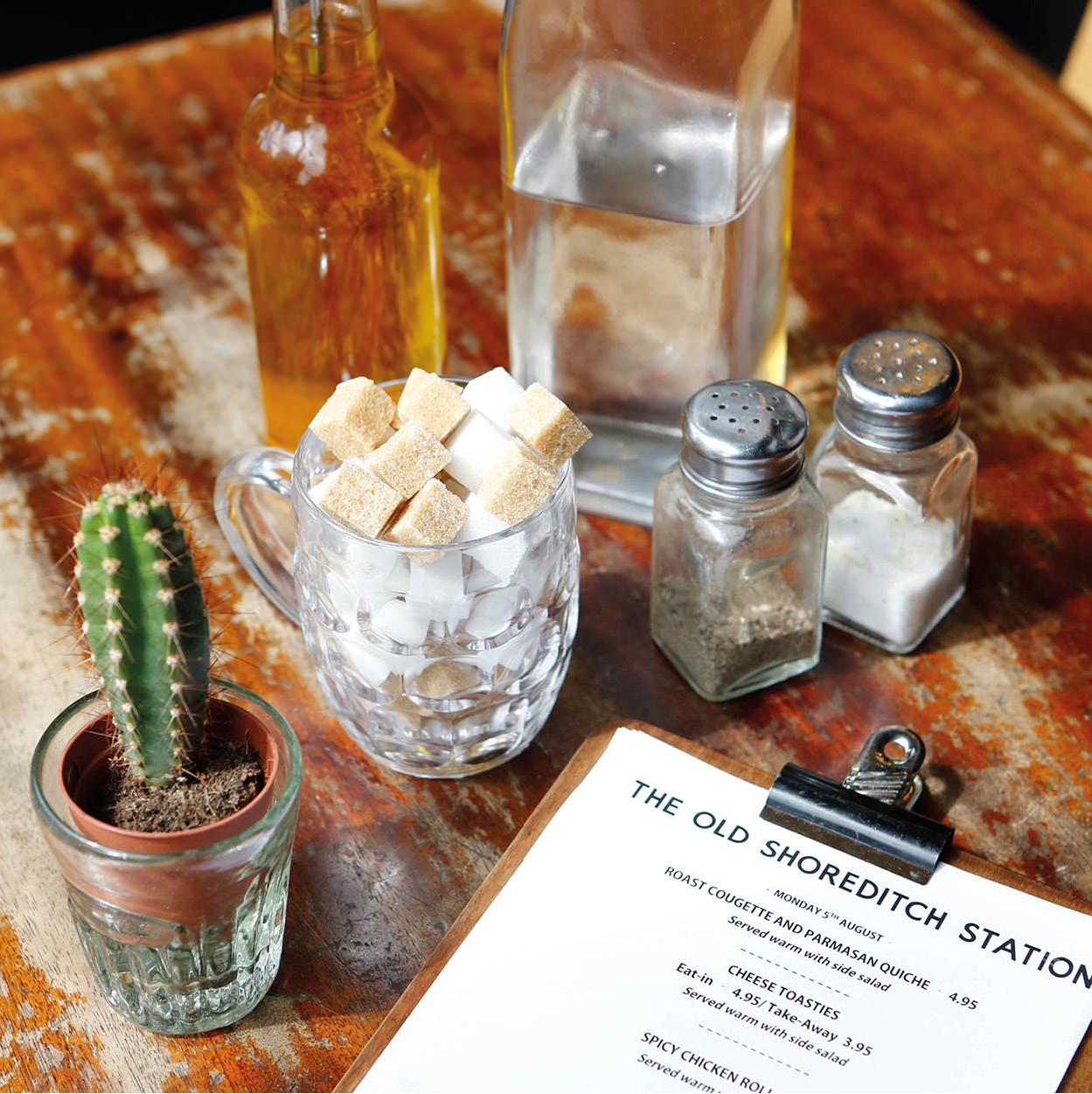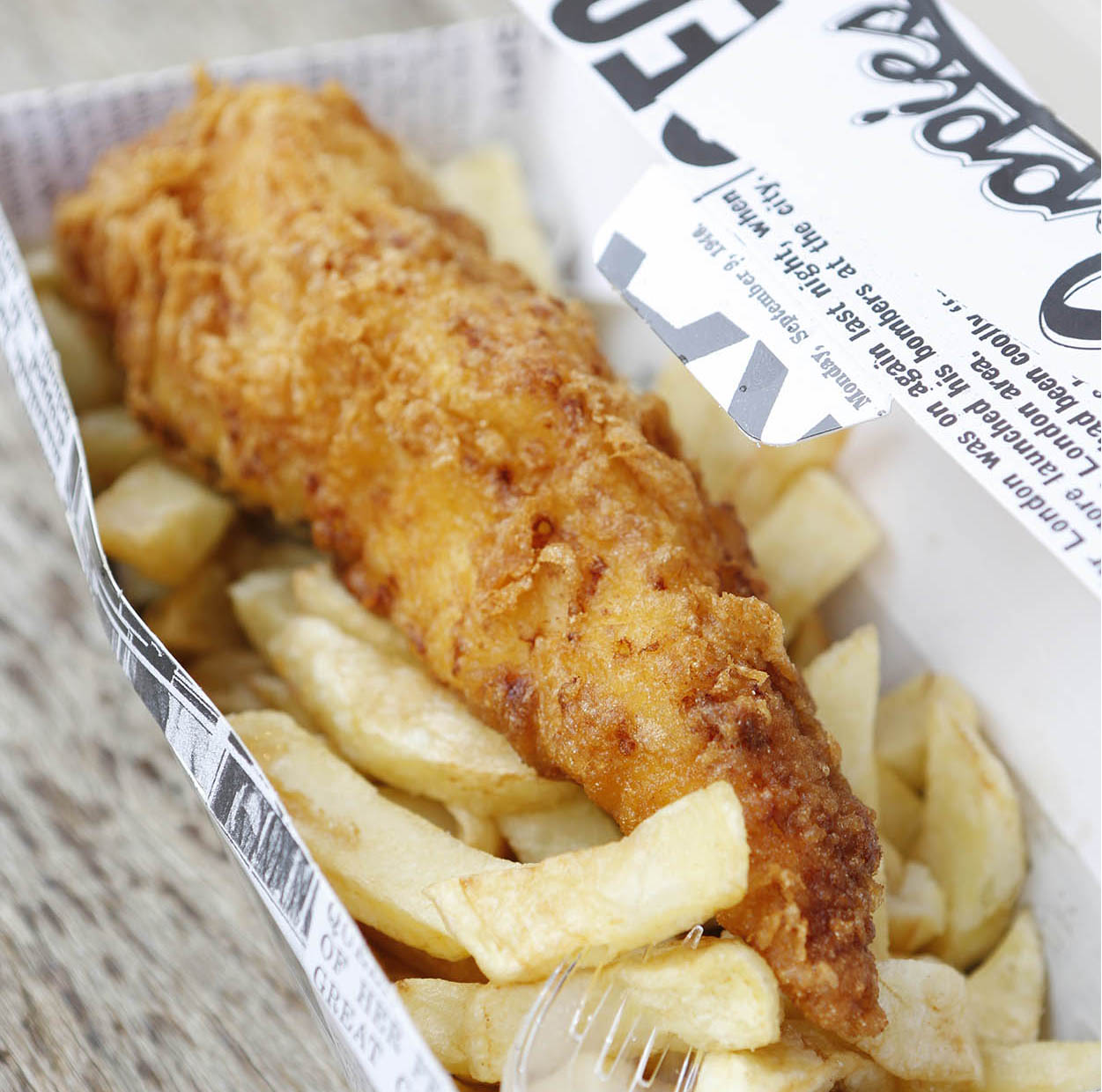Although London’s restaurants are expensive by many people’s standards, reflecting the high cost of living here, eating out in the British capital has never been so good. The city has around 12,000 restaurants, covering every cuisine imaginable. At the top end of the range there are some world-class restaurants, charging commensurately high prices, some with multiple Michelin stars; at the lower end, there are places that offer very good value without compromising on the food. On the whole, London is also an excellent place to eat out as a vegetarian, with its varied restaurants offering a much better choice of non-meat foods than most European cities.
The main concentration of restaurants is in the West End, with the biggest variety in Soho; many restaurants in Covent Garden offer good-value, pre-show suppers, due to the concentration of theatres in that area. Upmarket Kensington, Chelsea and Notting Hill are home to numerous designer restaurants, while the City has many oyster bars and big-budget restaurants, aimed at the business luncher, and East London offers a combination of hip eateries across all budgets, some serious foodie places and a concentration of ethnic restaurants.
The rebirth of British cuisine
Not so long ago, British food had a very bad reputation. Lack of imagination, lack of taste and overcooked vegetables were often cited, and the cuisine was internationally derided, with the French President Jacques Chirac famously saying ‘you can’t trust people who cook as badly as that’. But how things have changed – the last few decades have seen a remarkable transformation in London’s restaurant scene and a resurgence of interest in Britain’s indigenous cuisine. There is also an emphasis on high-quality locally sourced, organic ingredients, so one can now feast on Cromer crab, Cornish sprats, Gressingham duck, juicy Herdwick lamb or Galloway beef, served with seasonal organic vegetables.

A Shoreditch café table
Lydia Evans/Apa Publications
The rebirth of British cuisine is due to a large degree to a new generation of chefs, many of whom have achieved celebrity status, featuring on television and in the weekend sections of newspapers. The outspoken chef Gordon Ramsay was one of the first of several London-based restaurateurs who raised expectations of what should be on offer, garnering Michelin stars along the way. Fortunately for those who wish to avoid forward planning (high-end destination restaurants often need reserving well in advance) and excessive bills, this culinary zeal has also filtered down to more modest restaurants and even the local pub. A major component of the city’s social history, London has around 7,000 public houses. Several of these date from as long ago as the 17th century, and many retain the atmosphere of that era, with cosy decor and traditional oak-panelled walls. Encouraged by the 2007 smoking ban, many pubs concentrated on food as much as drinks, serving updated versions of traditional ‘pub grub’, such as bangers and mash, a Ploughman’s lunch, steak and kidney pie and the traditional Sunday roast. ‘Gastropubs’ – light, airy, fashionably furnished bars that serve a more adventurous range of dishes – are now peppered across almost all areas of the capital.
Traditional British food
The somewhat nostalgic return to ‘old-fashioned’ food means that excellent versions of the following traditional British dishes are easier than ever to find.
Full English breakfast. This hearty meal consists of fried eggs, bacon, sausage, tomatoes, beans, mushrooms, black pudding and perhaps toast, all on one plate, served with a cup of tea or coffee. At traditional establishments kippers and porridge may also be on the menu.
Afternoon tea. This highly traditional and genteel event takes place in some of the grander hotels at around 3.30pm and consists of thinly cut sandwiches (often cucumber), scones with clotted cream and jam, a variety of cakes and a pot of tea. The brew varies from classic Indian teas such as Assam and Darjeeling to the more flowery Earl Grey. Venues include the Waldorf Hilton (Aldwych; tel: 020-7759 4091), the Ritz (for more information, click here), and the Dorchester (Park Lane; tel: 020-7629 8888).
Roast beef. The Sunday roast remains one of Britain’s favourite dishes. At its best, succulent pink topside of beef is served together with Yorkshire pudding and a selection roast vegetables, accompanied by gravy and horseradish sauce or mustard.

Fish and chips
Lydia Evans/Apa Publications
Fish and chips. It can be surprisingly hard to find this nutritious British dish, traditionally served with mushy peas, cooked freshly to order, but the real thing can be found at Rock & Sole Plaice (47 Endell Street, Covent Garden), Sea Shell (49–51 Lisson Grove, Marylebone) and Geales (2 Farmer Street, Notting Hill).
Pie and mash. For a taste of the old East End look for a Pie and Mash Shop, where you’ll get minced beef pie and mashed potatoes with a unique green sauce called liquor, made from parsley. Eels may also be on the menu. Most are in the East End – an authentic one is Manze’s at 87 Tower Bridge Road.
Puddings. Although not great for slimmers, traditional English desserts – ‘puddings’ – have a certain charm. Most are filling affairs, such as rib-sticking, steamed jam roly-poly or treacle (molasses) pudding. Slightly lighter are fruit pies and crumbles, with a top crust of crumbly pastry. Puddings are traditionally smothered in custard, a sweet, hot, vanilla-flavoured milky sauce.
International cuisine
Many fans of eating out in London say that what they enjoy most is the incredible variety of cuisines on offer in the capital. London’s status as an international city attracts fine cooks from every part of the world to work here. Over 50 major country styles are represented, from Afghan to Italian, Spanish, Turkish and Vietnamese. The top end is still dominated by French cuisine, though ethnic food is no longer just a cheap option – London has some of the finest Indian, Japanese and Chinese restaurants in the world.
What to drink
Traditionally, beer was to Britain what wine was to France. It comes in various forms, from lager (now the most popular form in Britain) to ale (brewed using only top-fermenting yeasts; sweeter and fuller bodied) to stout (creamy, almost coffee-like beer made from roasted malts or roast barley), of which the most famous brand is probably Guinness.
Pubs generally serve beer either ‘draught’ or from the cask. In the case of the former, a keg is pressurised with carbon-dioxide gas, which drives the beer to the dispensing tap. For the latter, beer is pulled from the cask via a beer line with a hand pump at the bar. This method is generally used for what is often termed ‘real ale’: unfiltered and unpasteurised beer, which, unlike industrially produced lagers, requires careful storage at the correct temperature.
The popularity of wine in Britain has increased dramatically in the last 25 years, and every pub or restaurant will have a wide selection available. English wines, especially whites, are becoming more popular, and can be found in specialist shops and farmers’ markets, though you rarely see them on restaurant menus. Kent-produced Chapel Down is worth looking out for.
A longer-established English tipple is cider, produced in the Southwest since before the Romans arrived. Made from the fermented juice of apples, it is also known as ‘scrumpy’ (windfalls are ‘scrumps’). The pear equivalent is called ‘perry’. Fruit-flavoured cider is fashionable in some gastropubs.
Another speciality is whisky, produced in Scotland and Ireland. This is available as ‘single malt’ (malt whisky from a single distillery), as well as ‘blended’. Most pubs in central London will offer a small selection of both, though aficionados may consider joining the Whisky Society, which has its members’ rooms above the Bleeding Heart Restaurant in Hatton Garden, Clerkenwell (Bleeding Heart Yard; www.smws.co.uk).
Eating and drinking hours
In general, breakfast is served 7–noon, lunch from noon–3pm, afternoon tea 3–5pm, and dinner 6–11pm. In practice, you can eat whatever you want, whenever you want, if you know where to look – Soho and Covent Garden have the most options for round-the-clock dining. Although pubs can now apply for 24-hour licenses, most are only open Mon–Sat 11am–11pm (though many stay open a couple of hours later on Fri and Sat) and Sun noon–10.30pm. Many restaurants close on Sunday evenings, so it’s often sensible to check by phoning or looking on their website beforehand.